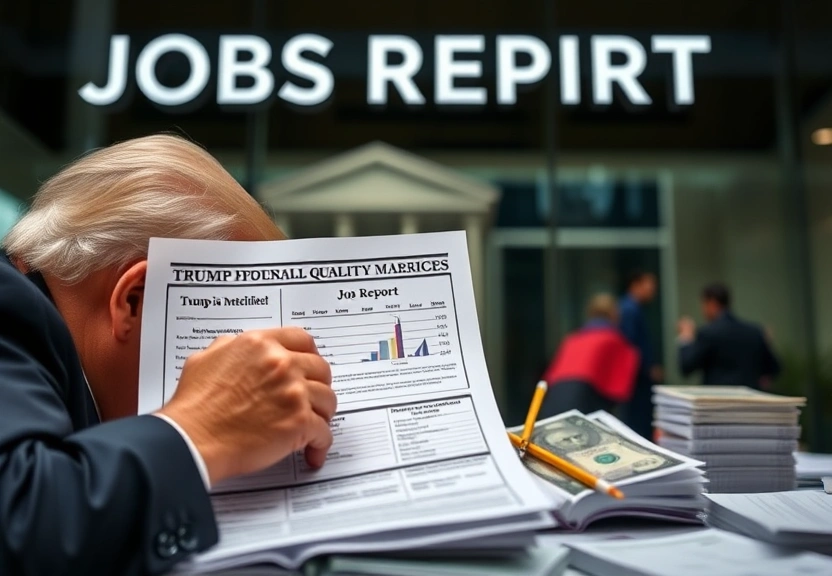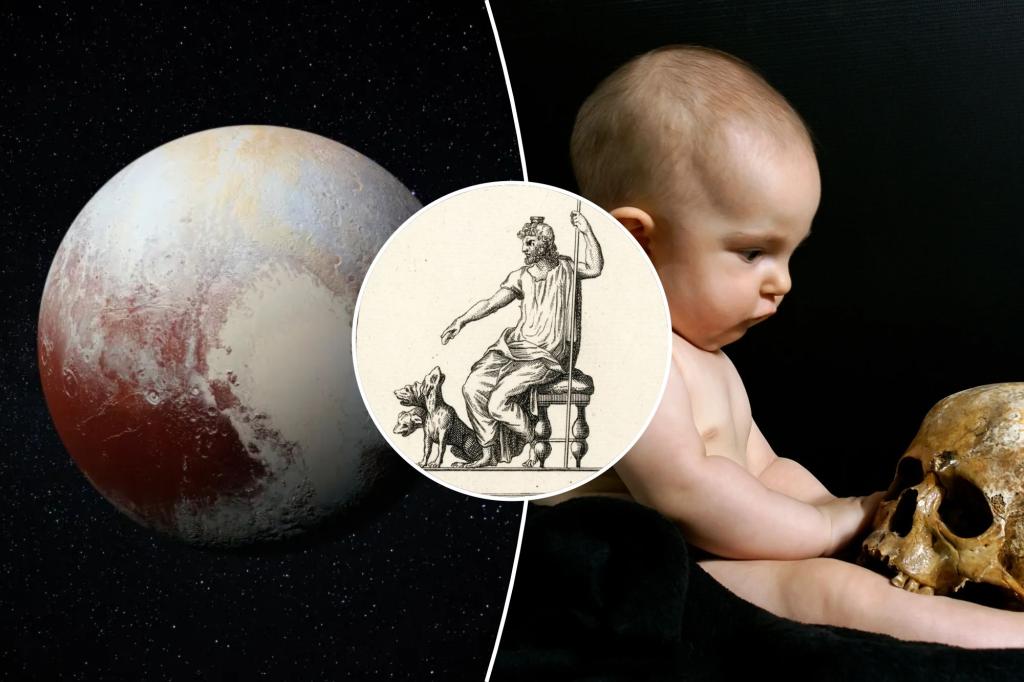Jobs Report Reveals Trump’s Misjudgment on Interest Rates as Pressure Mounts for Cuts
The recent jobs report has sparked renewed discussions around interest rates, particularly in light of former President Donald Trump’s vocal demands for cuts. As the U.S. economy navigates a complex landscape of inflation, job growth, and overall economic stability, the role of the Federal Reserve, under the leadership of Jerome Powell, has come under scrutiny. While Trump’s insistence on lowering rates may seem politically motivated, the data-driven approach taken by Powell and the Fed suggests a more cautious path is necessary for sustainable economic growth.

This article delves into the implications of the latest jobs report, analyzes Trump’s stance on interest rates, and explains why Jerome Powell’s decisions may ultimately serve the economy better than the former president’s demands. We will explore how the jobs report informs current economic conditions and why the Fed is right to maintain its current rates despite increasing pressure for cuts.
The Context: Understanding the Jobs Report
The jobs report is a key economic indicator that provides insights into the labor market and overall economic health. Released monthly by the Bureau of Labor Statistics (BLS), it includes data on employment levels, unemployment rates, and wage growth. The latest report has shown mixed signals, with robust job growth in some sectors but persistent challenges in others.
Key Figures from the Latest Jobs Report
- Unemployment Rate: The unemployment rate has remained stable, indicating a resilient job market.
- Job Growth: The economy added 200,000 jobs in the last month, surpassing analysts’ expectations.
- Wage Growth: Average hourly earnings have seen a modest increase, reflecting ongoing inflationary pressures.
These figures illustrate the complexities of the labor market and the challenges the Federal Reserve faces in balancing inflation control with economic growth. While some sectors show promise, others, particularly in manufacturing and technology, continue to struggle, indicating that the economy is not uniformly thriving.
Trump’s Demands for Rate Cuts: An Analysis
Former President Trump has been vocal about his desire for the Federal Reserve to cut interest rates, arguing that lower rates would stimulate economic activity and drive job growth. Trump’s perspective is rooted in a belief that the current rate levels are stifling business investment and consumer spending, which in turn hampers job creation.
The Political Agenda Behind Rate Cuts
Trump’s calls for interest rate cuts are not solely economic; they are also political. Lower rates could potentially bolster the economy ahead of future elections, making it a tantalizing prospect for any politician. However, this raises concerns about the long-term impacts of such a strategy. Quick fixes may lead to instability if they encourage excessive borrowing and risk-taking among businesses.
Rate Cuts vs. Economic Stability
While rate cuts can provide short-term relief, they can also lead to unintended consequences, including inflation and asset bubbles. The Federal Reserve’s mandate is to promote maximum employment while ensuring price stability. Jerome Powell has consistently emphasized a data-driven approach, and the latest jobs report suggests that the Fed may need to maintain current rates to avoid exacerbating existing economic imbalances.
Jerome Powell’s Approach: The Right Strategy?
Jerome Powell has been at the helm of the Federal Reserve during a tumultuous period marked by unprecedented challenges. His approach has been characterized by caution and a commitment to transparency, focusing on long-term economic health rather than immediate political pressures.
Data-Driven Decisions
Powell’s leadership has been rooted in empirical data rather than political rhetoric. By holding steady on interest rates, the Fed has aimed to create a stable environment for businesses and consumers, allowing for sustainable growth. The latest jobs report, which indicates a mixed labor market, supports this cautious approach.
The Importance of Interest Rate Stability
Interest rates play a crucial role in the economy, influencing borrowing costs for consumers and businesses. Maintaining stable rates allows for predictable economic planning, which is essential for long-term investments. If the Fed were to cave to pressure for cuts, it might undermine this stability, leading to greater volatility in the financial markets.
The Broader Economic Landscape
The interplay between interest rates and economic performance is complex. While lower rates can stimulate growth, they can also lead to inflationary pressures, particularly in a recovering economy. The Federal Reserve must navigate these challenges carefully to ensure that growth is both robust and sustainable.
Current Economic Challenges
Several factors complicate the current economic landscape, including:
- Inflationary Pressures: Rising prices for goods and services are a significant concern, and lowering rates could exacerbate these issues.
- Global Economic Uncertainty: Events such as geopolitical tensions and supply chain disruptions contribute to an unpredictable economic environment.
- Sector-Specific Challenges: Certain industries, like technology and manufacturing, are facing unique hurdles that require tailored solutions rather than blanket rate cuts.
Conclusion
The latest jobs report underscores the complexity of the current economic landscape and highlights the challenges faced by the Federal Reserve. While former President Trump’s calls for interest rate cuts may resonate with some, Jerome Powell’s cautious, data-driven approach is essential for maintaining economic stability. As pressure mounts for cuts, it is vital to consider the long-term implications of such decisions on the economy as a whole.
FAQs
1. What is the significance of the jobs report?
The jobs report provides critical insights into the labor market, including job growth, unemployment rates, and wage trends, which are vital for assessing the overall health of the economy.
2. Why is Trump calling for interest rate cuts?
Trump believes that lower interest rates will stimulate economic growth by encouraging borrowing and spending, which could lead to job creation.
3. How does Jerome Powell’s approach differ from Trump’s?
Powell advocates for a data-driven and cautious approach to monetary policy, focusing on long-term economic stability rather than short-term political gains.
4. What are the risks of cutting interest rates too quickly?
Cutting rates too quickly can lead to inflation, asset bubbles, and increased financial instability, potentially harming the economy in the long run.
5. How do interest rates affect everyday consumers?
Interest rates impact borrowing costs for mortgages, loans, and credit cards, influencing consumer spending and investment decisions.
📰 Original Source
Este artigo foi baseado em informações de: https://www.marketwatch.com/story/jobs-report-shows-trump-has-been-wrong-about-interest-rates-but-soon-hell-get-his-way-4ff15b51?mod=mw_rss_topstories


